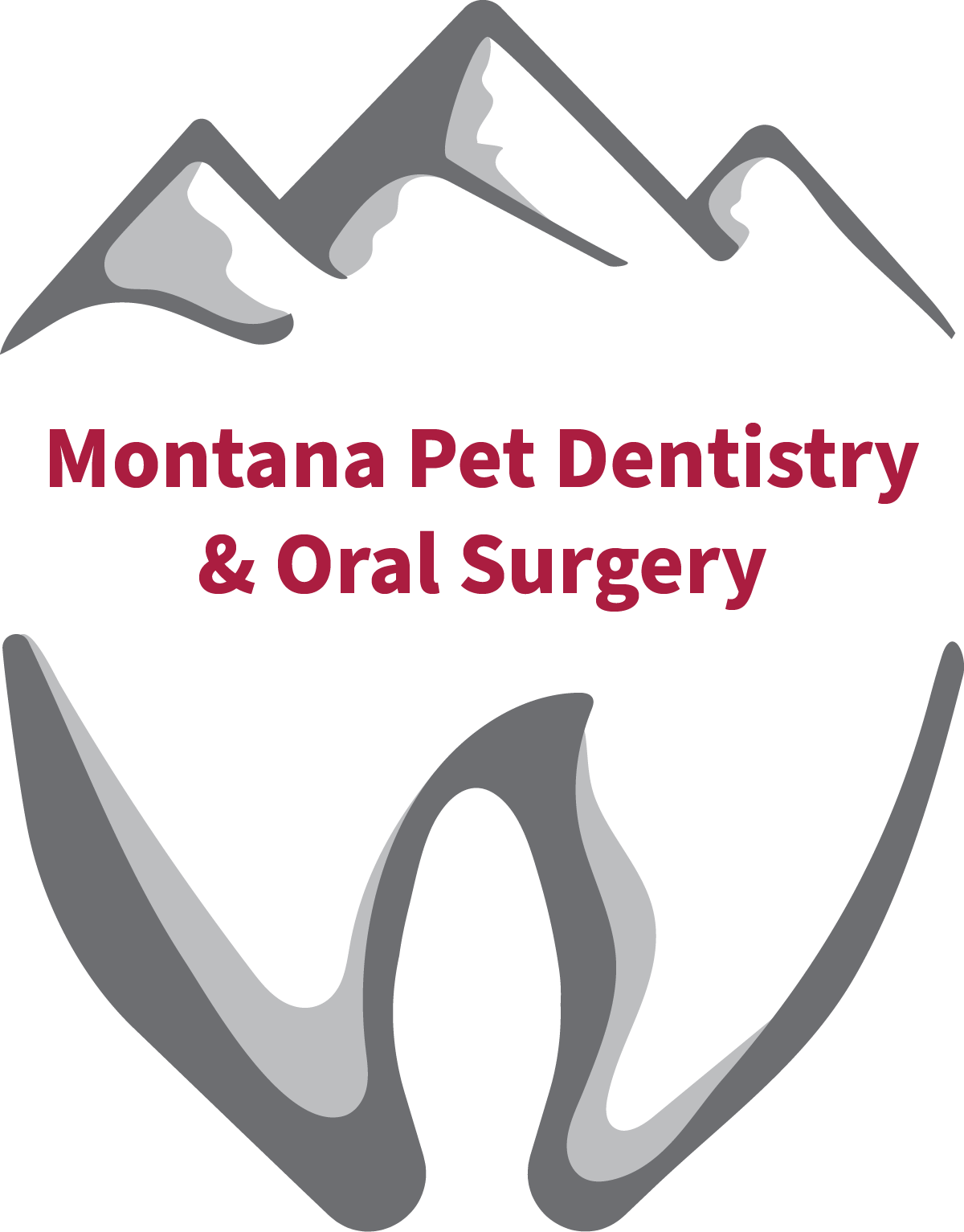While most dogs don’t have any trouble at all after extractions, just like humans, pets can use some rest and TLC following any medical procedure. For pets, your care, love, and attention can make a big difference for a quick and easy recovery. Extra attention to detail during the aftercare process can help to prevent any further complications. Here are some tips from our team at Montana Pet Dental & Oral Surgery for providing top notch care to your dog after a tooth extraction.
1. Rest
Make sure your dog has a warm, comfortable, safe, and cozy environment to rest in following his treatment. He will likely be a little sleepy the first day after the extraction. Full recovery usually takes 12-24 hours, so don’t be worried if your dog seems to be tired or lacks an appetite during this time.
2. Pain Relievers and Antibiotics
You and your pet will most likely be sent home with pain relievers and occasionally antibiotics to treat infection. Make sure to discuss administration of all medications with your veterinary dentist before heading home, and follow directions on the packaging when administering medications at home. If your dog is hesitant to take the medication, try putting the pill in one of his favorite treats, or sneaking it into a bite of his favorite food. Some dog treat companies also offer pill pocket treats that makes pill taking easy with even the most hesitant pups! Just be sure to check with your veterinary dentist to make sure the treats comply with his post-op diet instructions.
3. Eating
Discuss post op feeding with your veterinary dentist before you head home. Depending on the procedure, your dog may need to avoid hard kibble until the surgical site has healed completely. This may take anywhere from 1-3 weeks. Your pet’s normal food can be softened with hot water or diluted hot bouillon to make it easier for them to eat. Just make sure to let it cool down before offering it to your dog. Another option is wet or semi-moist food. Check with your veterinary dentist to see what they recommend.
Encourage your dog to drink water as soon as possible and as regularly as possible following the extraction as good hydration is important for a quick recovery.
4. Check Regularly for Signs of Complications
It is important to keep an eye on your pet as they recover and return to a normal routine and diet, as complications can occasionally occur following a dog tooth extraction. Pets often hide the fact that they are in pain, so be sure to look out for any signs of complications. Here are a few things to keep an eye out for in your dog:
- Disinterest in chew toys
- Unwilling to eat hard food
- Bad breath (halitosis)
- Aggression when you touch his face
- Pawing at face or rubbing it on bed, furniture or floor
- Excessive drooling
- Dropping food while trying to eat
The Only Veterinary Dental Surgeon in Montana
We are located in Bozeman and our team is very experienced in dog tooth extractions. If you think your pet needs an extraction or is suffering from complications of an extraction, we can help. Our experienced team can help with any questions after a dog tooth extraction.
You don’t need a referral to have your pet seen by our team. All you need to do is call our Bozeman office and schedule an appointment. Dr. Guillory is on-site here in Bozeman MT, to handle all of your pet’s dental needs.
